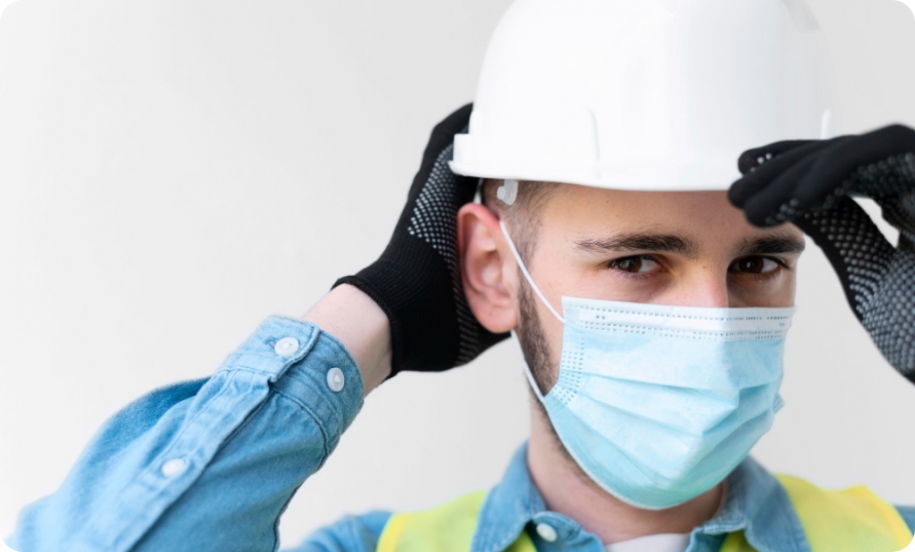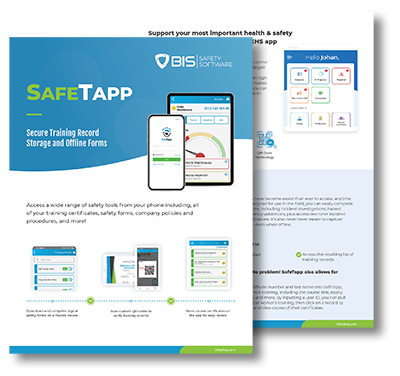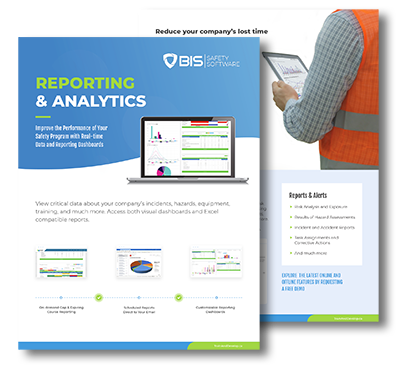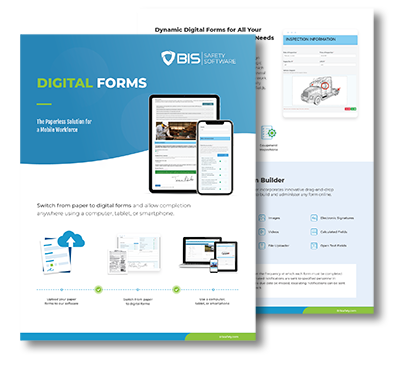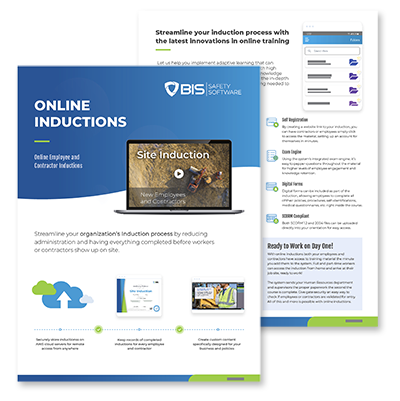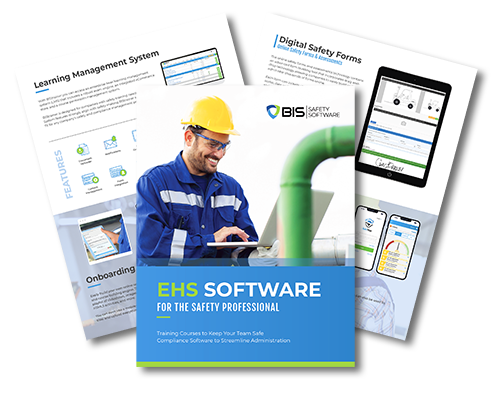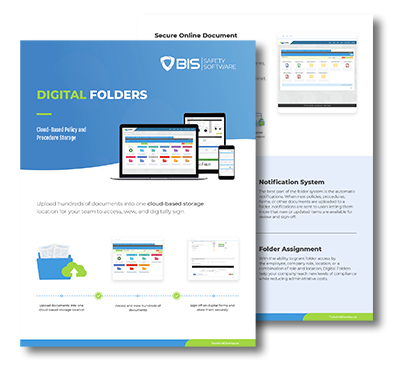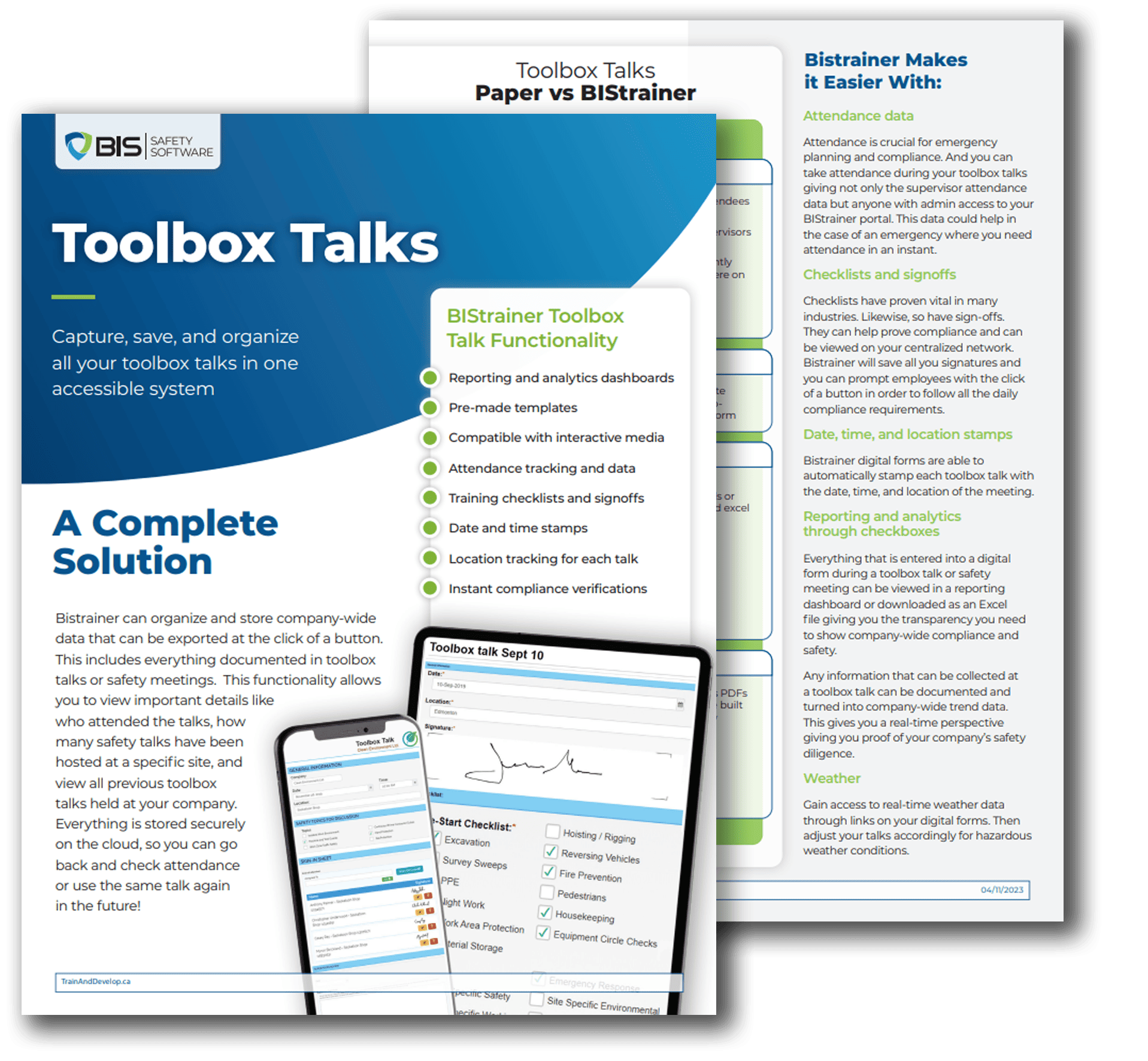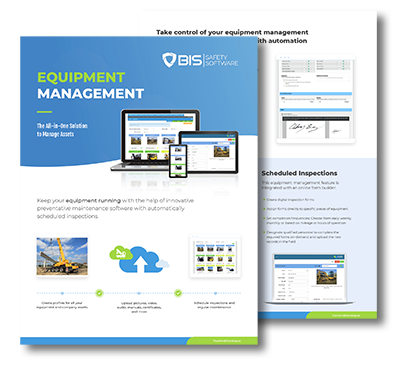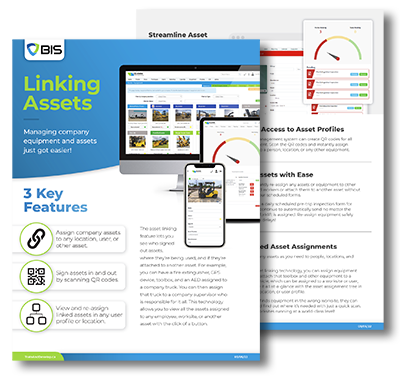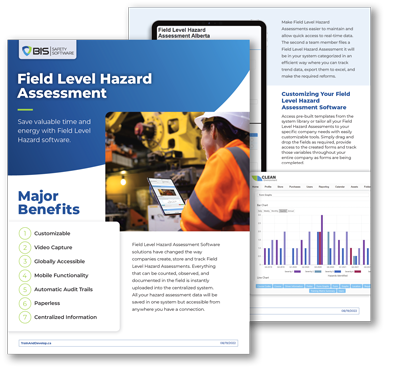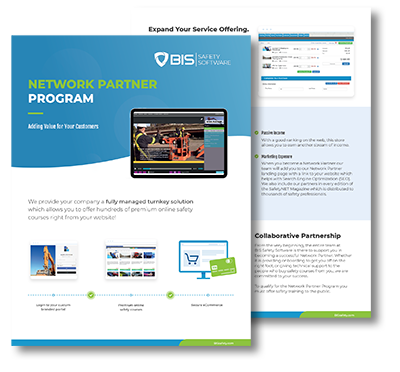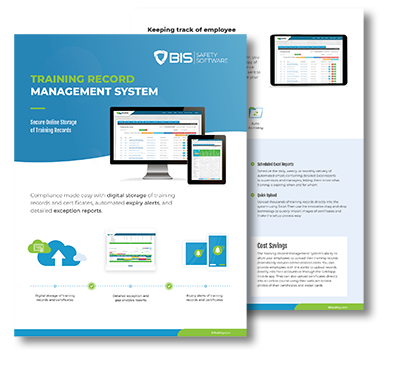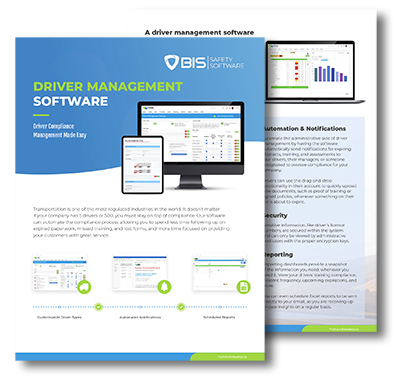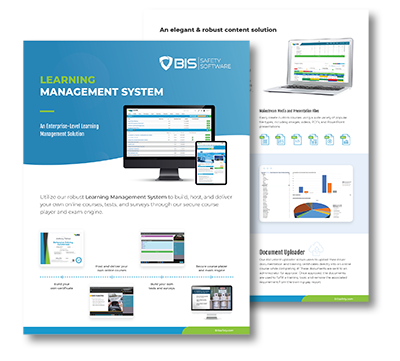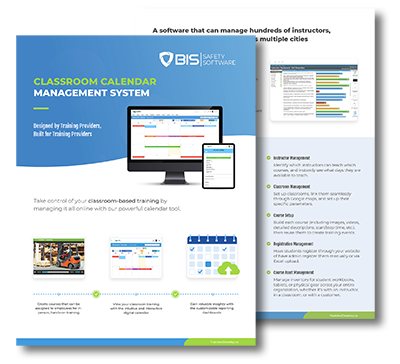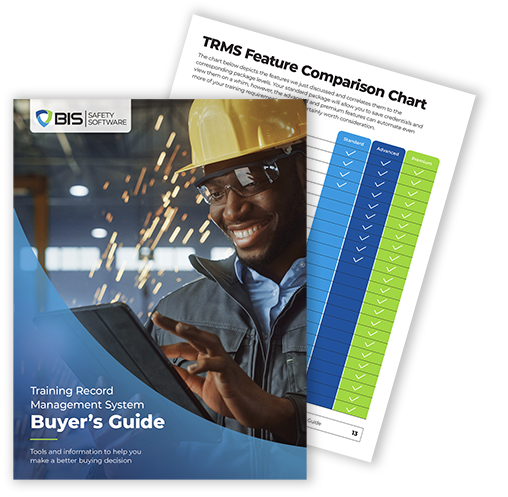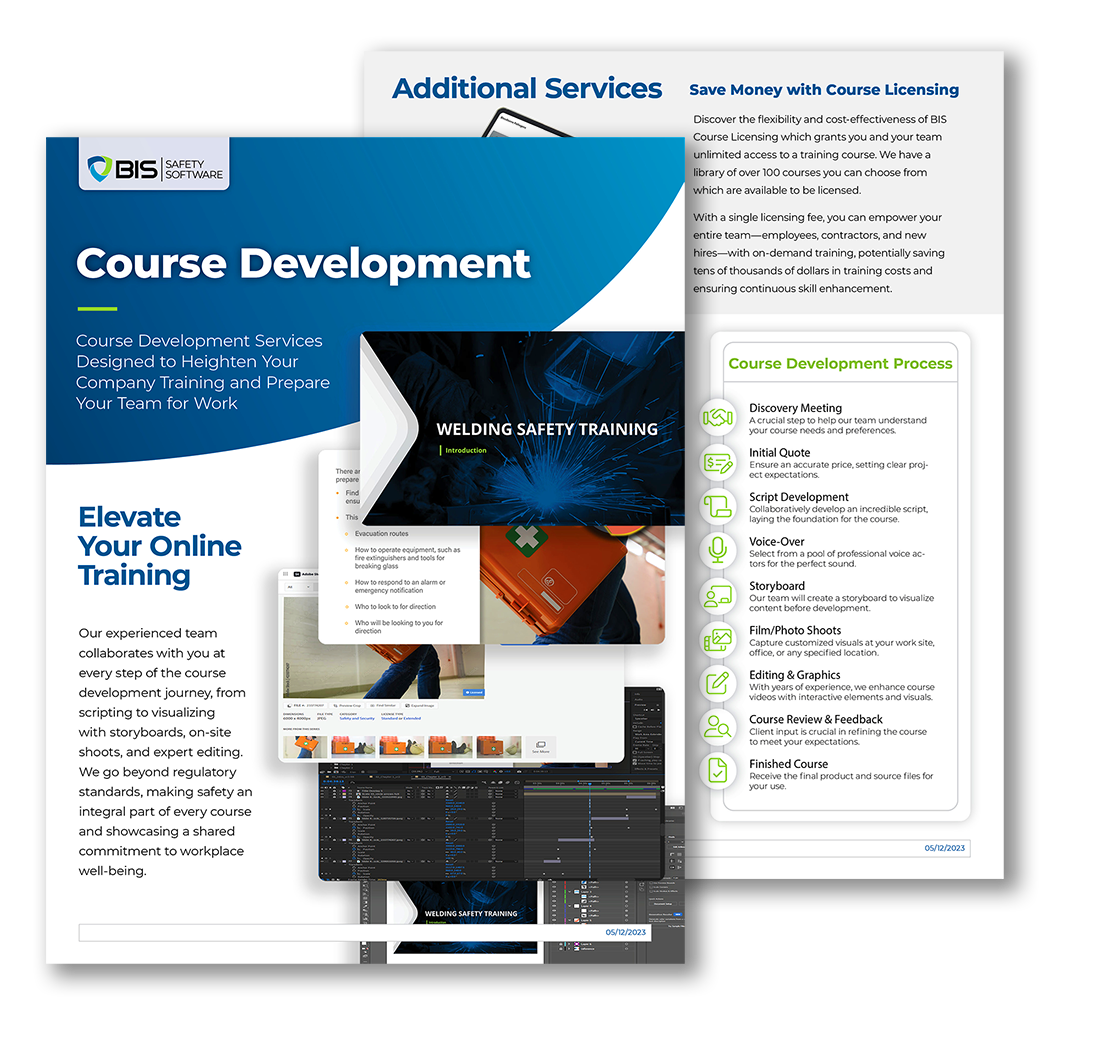Steel toe boots. Hi-vis vests. Helmets. We’re trained to think of safety in physical terms. But beneath the surface of forms and toolbox talks, there’s something less visible—and just as critical: emotion. Safety isn’t only about the gear we wear. It’s also about the signals we send, the trust we build, and the fears we silence.
Real Safety Starts with Listening
Imagine spotting a problem—a risky shortcut, a faulty ladder, a worker clearly not at 100%. What gets someone to raise the alarm? It’s not the policy binder on a shelf. It’s the confidence they’ll be taken seriously.
“You’ll always fall short in achieving your safety goals if you don’t focus on equipping the individual… with skills and confidence. Courage lets individuals speak up.” — Dr. Johanna Pagonis
Emotionally aware workplaces don’t wait for disasters. They value curiosity. They make it normal to ask, “Is this safe?” without fear of ridicule or reprisal. This isn’t fluff. It’s foundation.
Culture Is the Real Control Measure
You can have every procedure printed, laminated, and posted on every wall. But if workers feel rushed, unseen, or disposable? They’ll skip steps. Keep quiet. And do whatever it takes to just get through the shift.
An emotionally intelligent safety culture understands that mental states—fatigue, frustration, isolation—are safety risks too. It trains supervisors to listen, not just instruct. It notices who hasn’t spoken up. And it creates room for them to be heard.
Feedback Isn’t Fluff—It’s Protection
You don’t need blood on the floor to have a safety problem. And if feedback only happens after incidents? You’re too late.
Emotionally intelligent teams make feedback part of the workflow—normalised during morning meetings, embedded in onboarding, woven into toolbox talks. When workers feel valued, they offer more than labour. They offer awareness, experience, gut instinct. That’s the insight no sensor or spreadsheet can replace. Design safety around people, not just hazards.
Yes, PPE matters. But the future of safety goes further. It means designing systems that recognise people as people—not just roles. It means structures that support dignity, clarity, and care. Because when someone feels safe speaking their mind, they’re more likely to protect the team—not just themselves. That’s not being soft. That’s being smart.
Because in the end, the best protection isn’t on your body. It’s on your crew. People Protecting Each other. That’s the new PPE.
Additional Articles

Boredom Begone: The Ultimate Guide to Spicing Up Safety Talks
Spice up your safety talks today with these 5 influential tips. After all, everyone learns differently so it’s best to use multiple approaches. … Read More
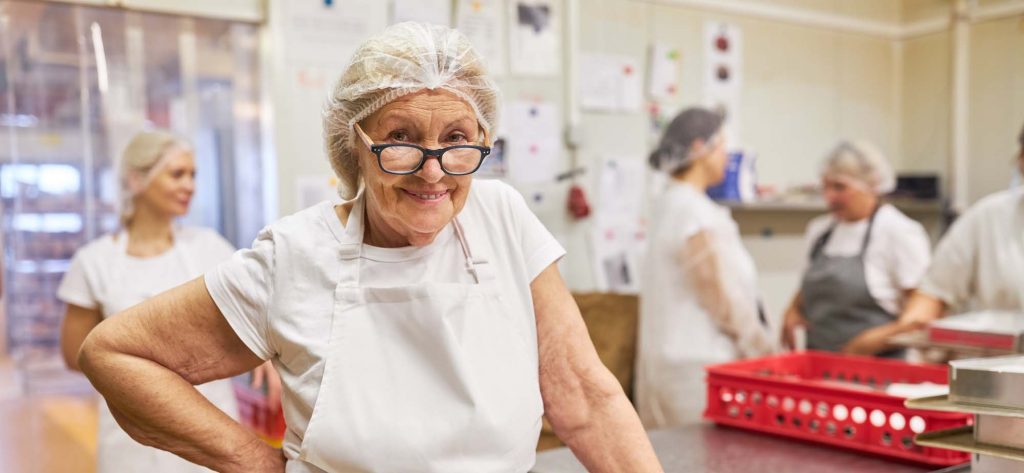
A Guide to Complacency in the Workplace
Learn how routine complacency in the workplace causes accidents and explore our guide for simple ways to keep your workplace safe and alert. … Read More

